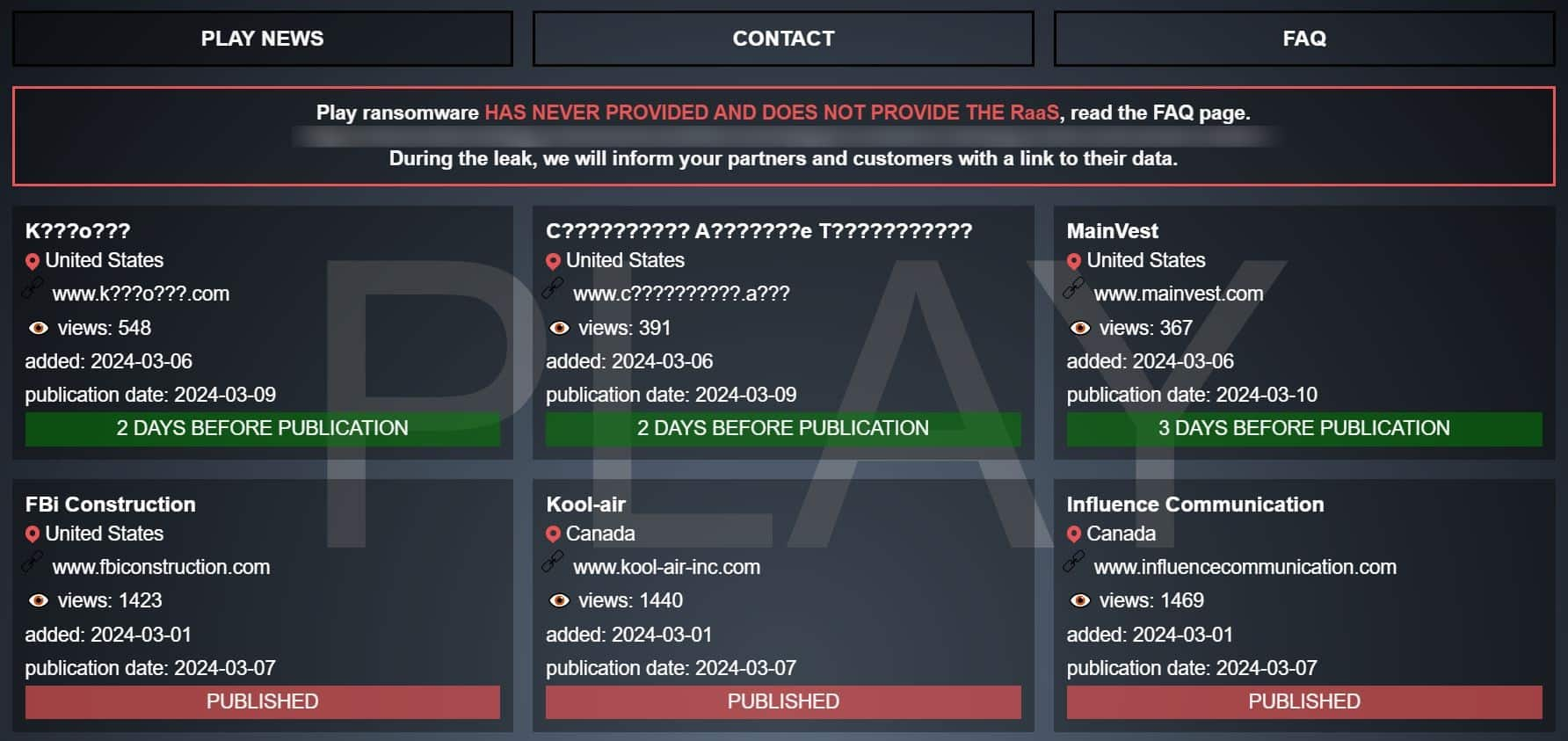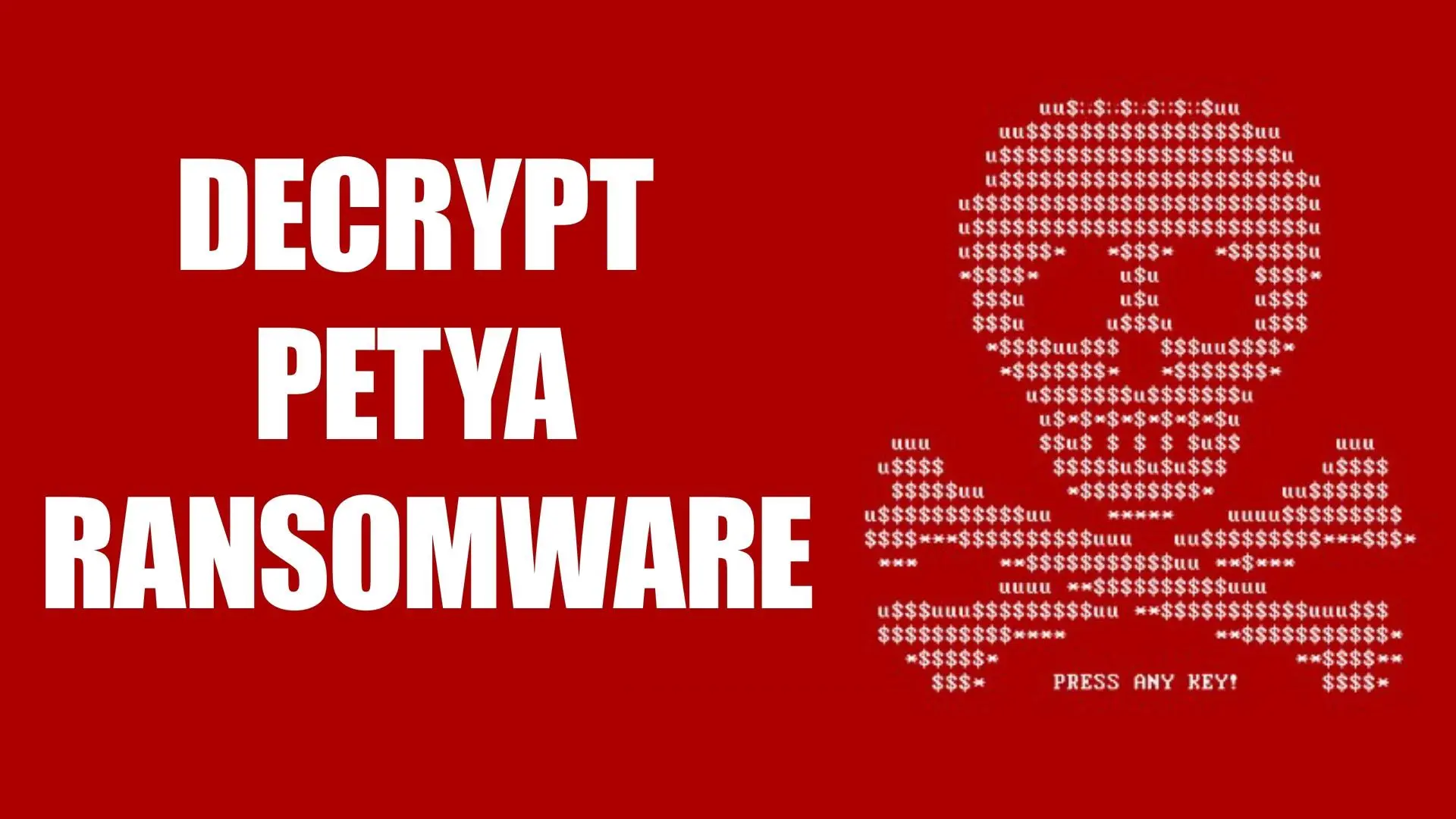In a revelation that underscores the escalating cyber threats facing nations worldwide, Switzerland’s National Cyber Security Centre (NCSC) recently confirmed the extent of a ransomware attack that compromised a significant number of government documents. The cyberattack, executed against a pivotal government IT provider known as Xplain, exposed approximately 65,000 sensitive government files, marking a concerning security breach within the Federal Administration.

Ransomware Attack: The Hack That Shook the Nation
The breach’s details paint a grim picture of cybersecurity vulnerabilities. Xplain, a cornerstone in providing IT services to Switzerland’s federal and cantonal authorities, fell victim to the cyberattack.
The NCSC, stepping in for damage control, meticulously analyzed the aftermath, revealing that 5% of the exposed data collection—amounting to about 65,000 documents—held significance for the Federal Administration.
The exposure spanned a wide array of sensitive material, from passwords and technical data to personal information and classified details. Notably, a large portion of these files contained personal information, including names, email addresses, phone numbers, and postal addresses.
The breach also saw the compromise of technical specifications, IT system documentation, and even readable passcodes.

A Spotlight on the Affected Departments
The leaked documents predominantly affected the Federal Department of Justice and Police (FDJP), with units such as the Federal Office of Justice, the Federal Office of Police, and the State Secretariat for Migration bearing the brunt of the leak.
The Federal Department of Defence, Civil Protection and Sport (DDPS), on the other hand, experienced minimal impact in comparison.
The Culprits Behind the Curtain
The ransomware group “Play” has been identified as the perpetrators of this sophisticated cyberattack, with activities tracing back to Russia. This group is notorious for its extensive cybercriminal operations, affecting numerous companies and critical infrastructure across various continents.
Employing a two-pronged extortion strategy, they infiltrate systems via third-party services like RDP and VPN, showcasing their advanced capabilities in undermining cybersecurity defenses.
Swiss authorities have found that 65,000 government documents holding classified information and sensitive personal data were leaked following a ransomware attack last year on one of its IT vendors.#Switzerland #Playhttps://t.co/WGvWQor9nd
— jon greig (@jgreigj) March 8, 2024
The Broader Implications
This cyberattack does not stand in isolation. Sweden, too, faced a ransomware onslaught attributed to Russian hackers, disrupting online services and raising alarms over the increasing boldness of cybercriminals.
The incidents in Switzerland and Sweden reflect a broader trend of digital vulnerabilities, prompting a reassessment of cybersecurity protocols and defenses on a global scale.
Moving Forward: A Call for Robust Cyber Defenses
The aftermath of the ransomware attack on Switzerland’s government IT infrastructure serves as a stark reminder of the pervasive threat posed by cybercriminals. As nations grapple with the complexities of safeguarding digital assets, the imperative for enhanced cyber defenses has never been more pronounced.
The Swiss incident propels a crucial dialogue on cybersecurity strategies, resilience planning, and the importance of international cooperation in combating cyber threats.

The evolving landscape of cyber warfare demands vigilance, innovation, and a proactive stance in protecting the digital frontiers. As Switzerland navigates the recovery and fortification process, the global community watches closely, learning and adapting in the relentless battle against cybercrime.










